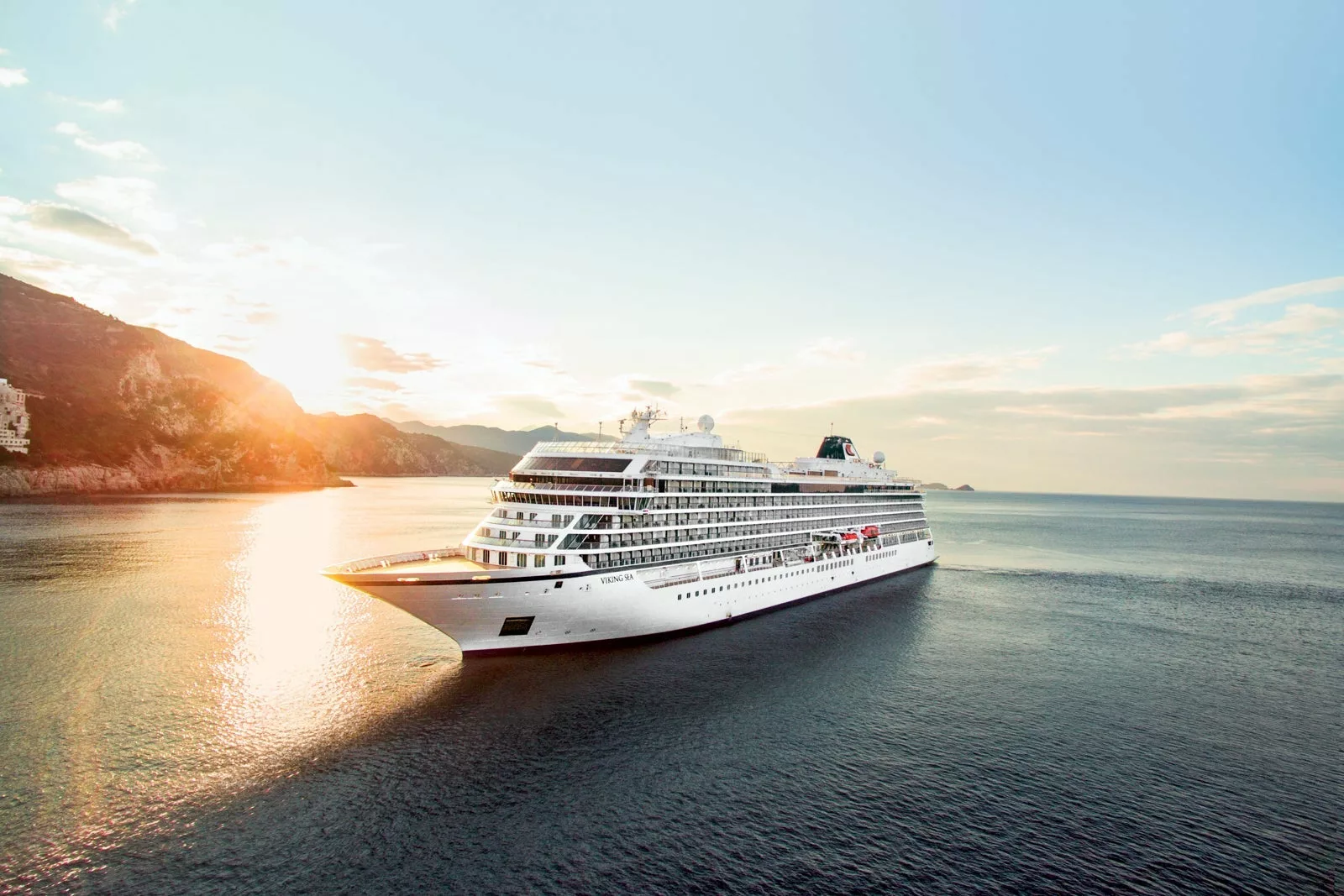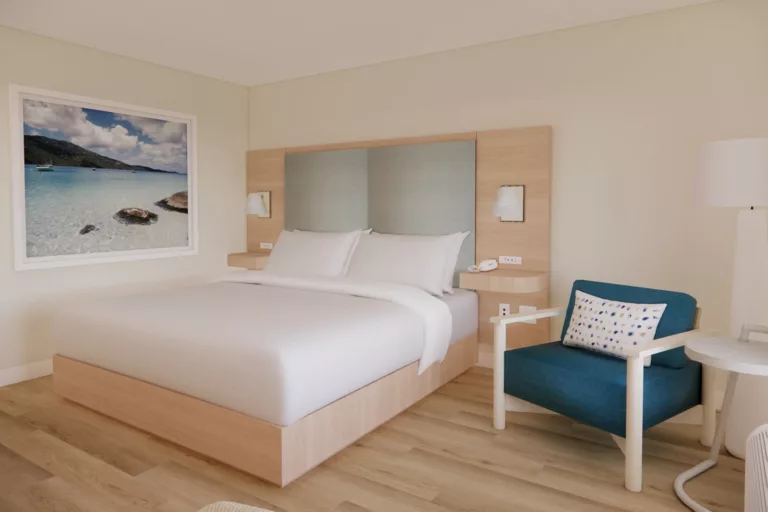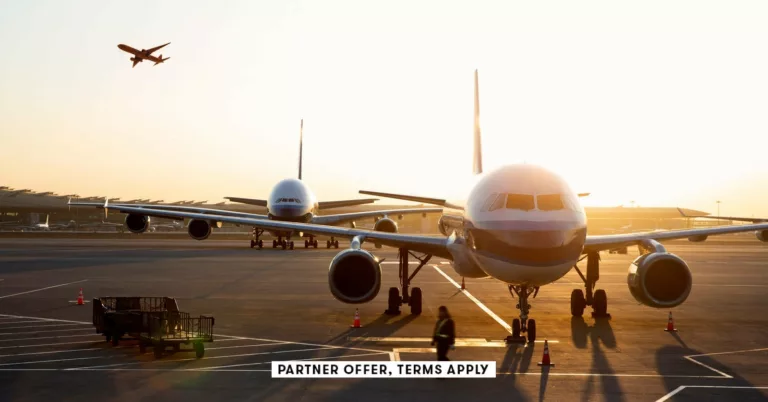Understanding Viking Cruise Ships: A Comprehensive Guide
Viking Cruises stands out in the cruise industry for its unique fleet, which includes both ocean and river vessels. With over 90 ships in its growing fleet, Viking has become a dominant player in the cruise market, particularly for North American travelers interested in river cruising. This article will break down the three main types of Viking cruise ships, highlighting their features and what makes them special.
Viking’s fleet can be categorized into three primary groups: river ships, ocean ships, and expedition ships. Each category has a distinctive design and purpose, making it easy for travelers to choose the right experience for their journey.
River Ships: The Longships
Viking’s river cruise offerings are primarily made up of Longships, a design that has become synonymous with the brand. Currently, there are 82 Longships in operation, all featuring a similar design that maximizes space and comfort. These ships are specifically crafted to navigate the locks and waterways of Europe, making them ideal for river cruising.
Design and Features:
– Size: Longships typically measure 443 feet in length and accommodate around 190 passengers.
– Cabins: They offer some of the largest suites available on European river cruises, with many cabins featuring balconies thanks to an innovative layout that offsets the main corridors.
– Amenities: Each Longship has a main restaurant, a lounge with a bar, and a casual dining area. The top deck is designed for relaxation, featuring a lounge area, a walking track, and an herb garden for culinary use.
Viking’s Longships broke new ground in river ship design when they were unveiled in 2012. Their squared-off bow design allows for more cabins than competitors, and quieter engines enable a more comfortable experience for passengers. This innovative approach has contributed to Viking’s rapid growth in the river cruise market, where it commands about 50% of the North American market share.
Ocean Ships: The Viking Fleet
Since 2015, Viking has expanded into ocean cruising, launching a series of upscale ocean vessels that cater to travelers looking for a premium experience on the high seas. Currently, there are 14 Viking ocean ships, with 12 of them sharing a nearly identical design.
Design and Features:
– Capacity: Most ocean ships accommodate between 930 to 998 passengers, with the two newest vessels, Viking Vesta and Viking Vela, designed to hold 998 guests.
– Luxury Touches: While not marketed as a luxury line, Viking ocean ships feature upscale amenities, including spacious cabins with large windows, heated bathroom floors, and elegant Scandinavian-inspired designs.
– Dining and Activities: Each ship offers multiple dining options, including the Italian restaurant Manfredi’s and The Chef’s Table with rotating themed menus. The ships also feature a stylish spa, a fitness center, and a stunning main pool area with a glass magrodome.
The Viking ocean ships are designed for comfort and elegance, with spacious public areas and a three-deck-high atrium that promotes a relaxed atmosphere. The ships also include unique features like an Explorers’ Lounge with panoramic views and a Wintergarden for afternoon tea.
Expedition Ships: Exploring the Uncharted
For travelers seeking adventure, Viking’s expedition ships are designed to take guests to some of the most remote locations on Earth, including the Arctic and Antarctic regions. Currently, Viking operates two expedition vessels: Viking Octantis and Viking Polaris, both launched in 2022.
Design and Features:
– Capacity: Each expedition ship holds just 378 passengers, ensuring an intimate and personalized experience.
– Durability: These vessels are built with reinforced bows to navigate icy waters and are equipped with landing crafts, kayaks, and even submarines for exploration.
– Unique Experiences: Both ships feature The Hangar, an enclosed marina that allows for smooth transitions to excursion crafts, and cabins with floor-to-ceiling glass walls that open to create a balcony-like feel.
The expedition ships are staffed with a knowledgeable team of experts, including biologists and geologists, who provide insights into the unique environments passengers will explore. Dining options include Viking’s signature Italian restaurant and a Scandinavian-inspired café, ensuring that guests enjoy high-quality cuisine throughout their journey.
Conclusion
Viking Cruises has successfully carved out a niche in both the river and ocean cruise markets, offering a fleet that is easy to understand and navigate for travelers. Whether you are interested in the serene landscapes of European rivers or the breathtaking vistas of polar regions, Viking’s diverse range of ships caters to various travel preferences.
With ongoing expansions and innovations, Viking is poised to remain a leader in the cruise industry, providing unforgettable experiences for travelers seeking adventure, luxury, and cultural enrichment. As you plan your next cruise, consider the unique offerings of Viking’s fleet to find the perfect vessel for your journey.







